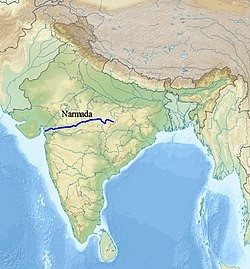





Disclaimer: Copyright infringement not intended.
Context
About Narmada River
Tributaries:
Dams:
Narmada Basin
|
PRACTICE QUESTION The Narmada River flows to the west, while most other large peninsular rivers flow to the east. Why?
Select the correct answer using the codes given below:
Answer: A |






© 2025 iasgyan. All right reserved